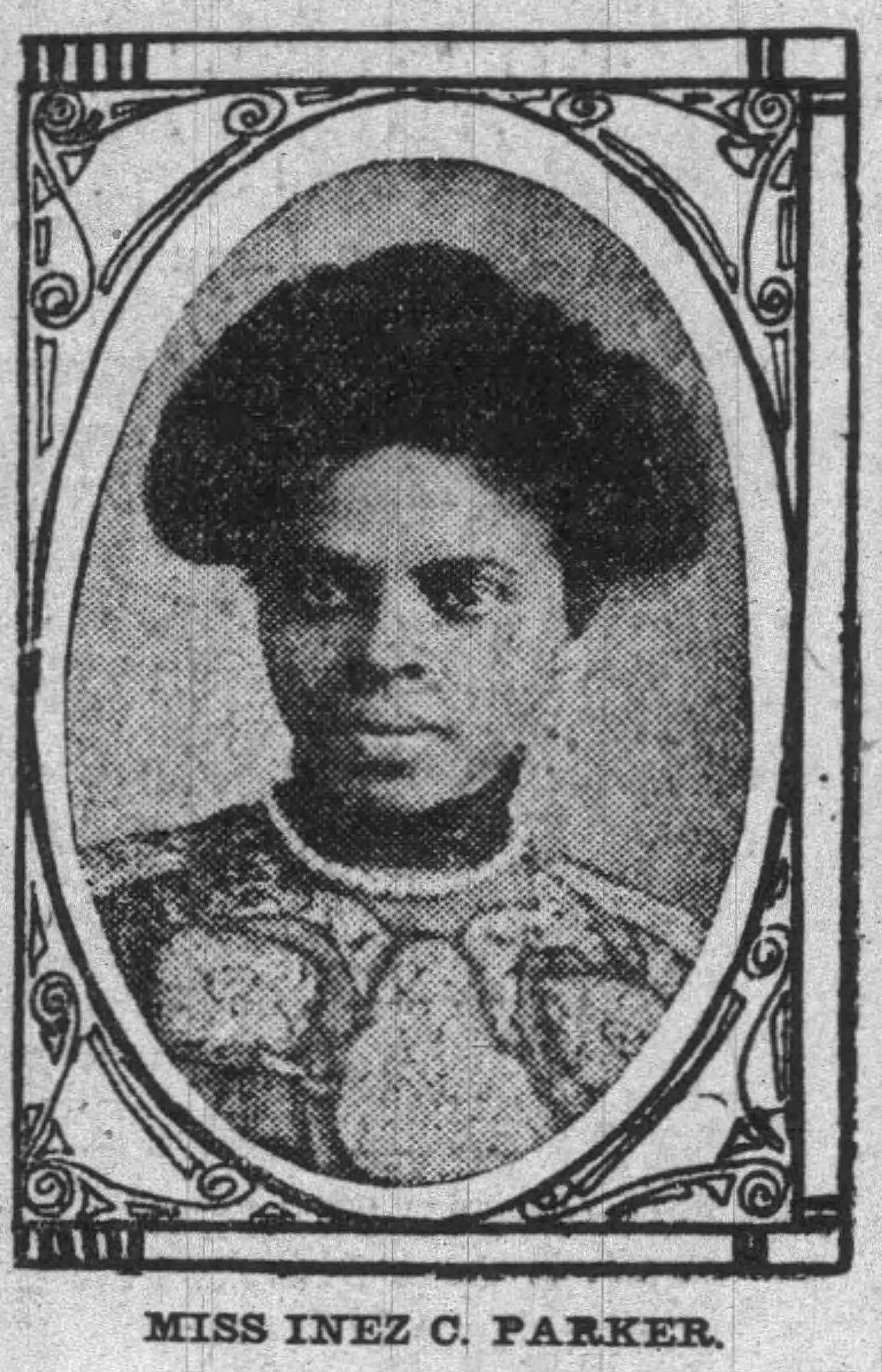Inez Parker-Griggs was born in 1875 to formerly enslaved parents and she must’ve confused the hell out of some white people back then. Raised in the little town of Rolla, Missouri, Inez became a musician and visual artist and educator. She taught local students public speaking and music and she taught herself multiple languages. Oh, and by the time she’d reached her mid-twenties, Inez had become a nationally celebrated, touring poet.
Inez’s first known published work was in 1898 when she won a Chicago literary journal’s poetry competition. There were 500 entries, 499 of which were from white writers who never stood a chance. Soon, she was being regularly published across the country with beloved poems ranging in topics from love to holidays to emancipation.
So, why are 19th century poets like Whitman and Longfellow household names but not Inez Parker-Griggs? Being a woman may have had something to do with it, but you’ve probably heard of Emily Dickinson and Louisa May Alcott, so, you know.

Our communities are the foundation of how we are remembered. Inez’s home no longer stands in Rolla’s Black neighborhood. It was demolished long ago. In fact, that neighborhood is gone. Jim Crow laws destroyed it, reducing Rolla’s Black population from 150 when Inez won that first competition to only 40 by the time she died in 1950.
Destroying a community often means destroying its living memory. Inez backed away from public life around 1912 and I’d love to tell you it was because there was some kind of drastic change in the publishing industry or that she just wanted to spend more time with her family, but we don’t and probably won’t ever know. The community that nurtured and nourished her isn’t around to tell us and the unfortunate chances are that the same rise in white supremacy that dismantled Rolla’s Black community also made it too unsafe for Inez to continue in the public eye.
I’d also love to tell you that in many ways, white supremacy was too late, that Inez was already here and her work will shine through, but the fact that she’s not the household name she clearly deserves to be says otherwise.
The living memory of Black people remains under attack, especially now. We Black Americans have hope—not a blind and idle wish, but a unique and specific thing, active and trusting in ourselves, grounded and beautiful. Inez clearly knew this from a young age, as evidenced by her words in that award-winning, debut poem:
“Hope”
The morn was dreary and gray with mist,
By faintest glimmer of gold unkissed;
But Hope looked forth with a vision bright,
And whispered low, with a smile of light:
“Oh heart, dear heart, be of good cheer;
The noon will be fairer-never fear!”
Wind-swept the noon came, wet with rain,
All sighs and shadows, all tears and pain;
But Hope looked forth with a steadfast eye,
And whispered low as the wind shrieked by:
“on, heart, faint heart, be of good cheer;
At eve ‘twill be fairer-never fear!”
The shrouded sun found a cloudy tomb,
And without a star came a night of gloom;
But Hope looked forth with a vision bright,
And whispered low, with a smile of light:
“Oh, heart, sad heart, be of good cheer;
The morn will be fairer-never fear!”
https://www.phelpscountyfocus.com/news/article_a789145a-f394-11ef-9c3c-0f6fdd7763be.html






That poem is everything!